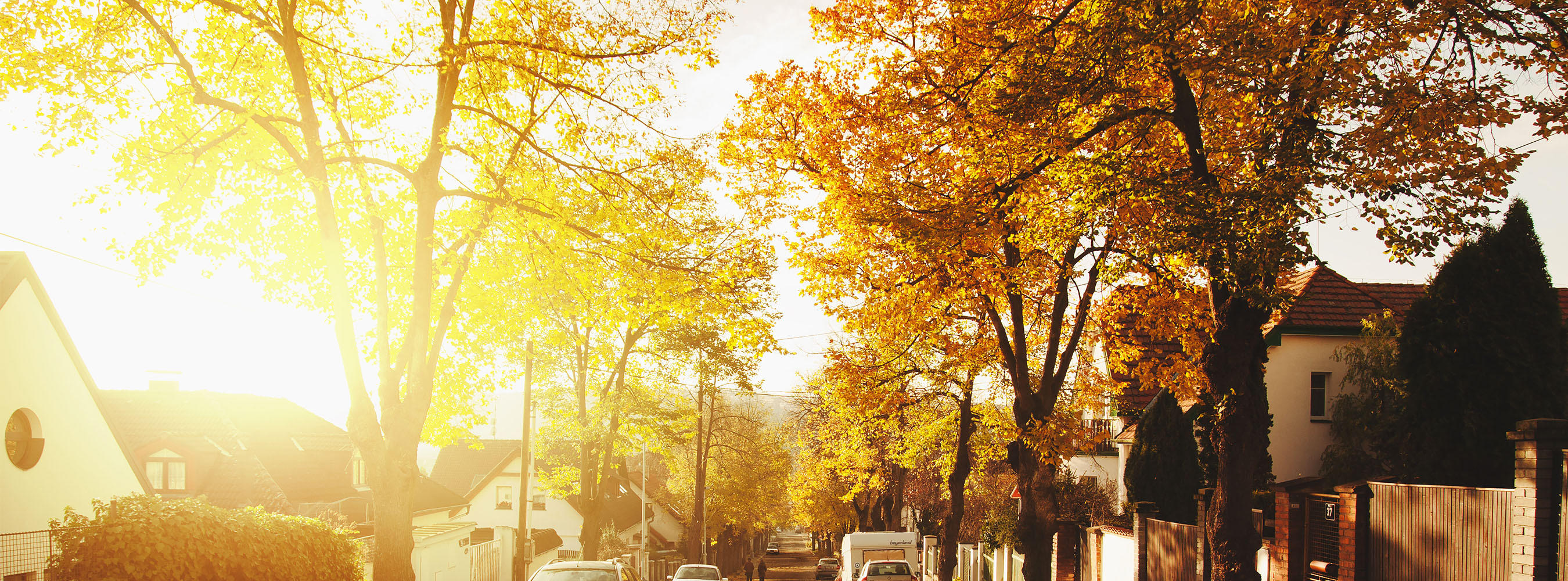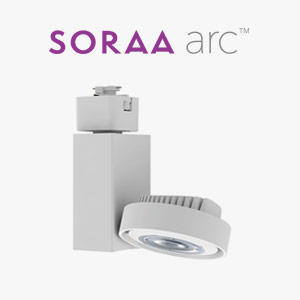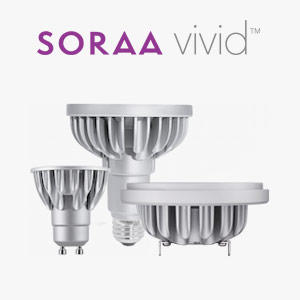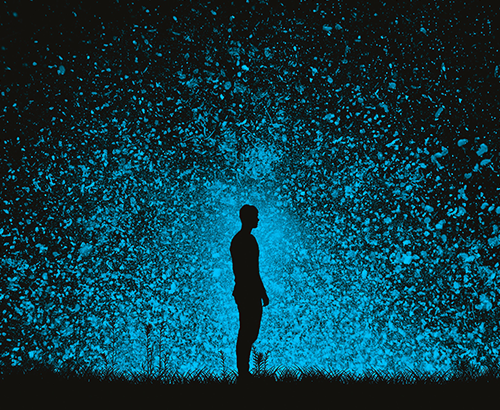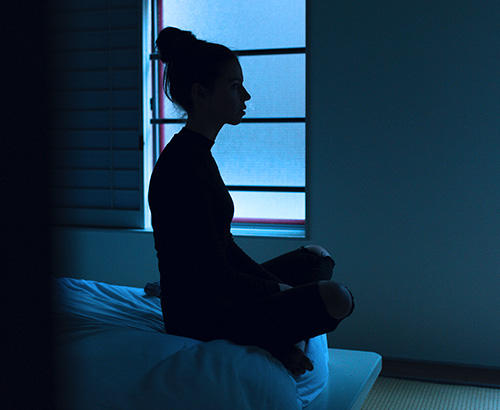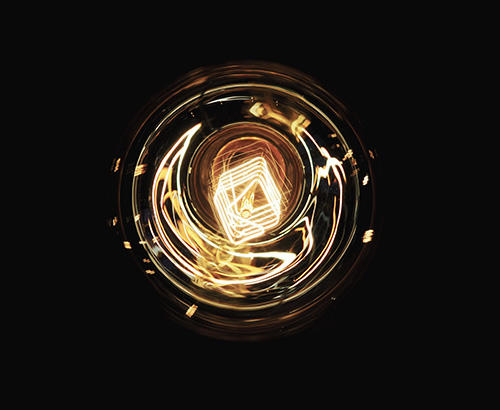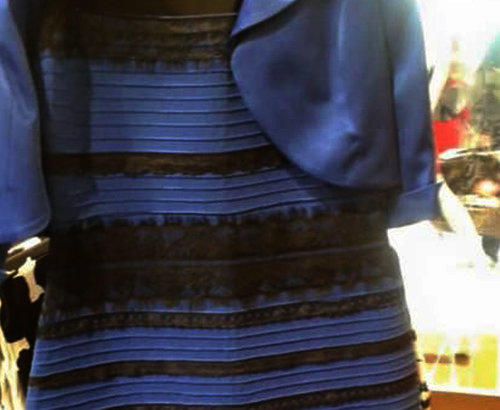Chronobiology and the Fascinating Science that Drives Our Lighting Design
December 2017 - by SORAA
I like this
Light—especially daylight—is incredibly important to our health. It helps regulate our natural 24-hour diurnal clock, or our circadian rhythm, which tells us to wake with the rising sun and to get ready for sleep when the sun sets.
When we lack enough sunlight—or if we’re exposed to too much—some health problems could arise, primarily in the form of sleep and mood disorders. Before the days (and nights) of electric light, keeping our circadian rhythm in check was easy. Now, we are bombarded by artificial light from everywhere. Phones, tablets, computer monitors, and our own indoor light bulbs, trigger the brain to stay alert and awake at night. All that extra light can throw off your sleep schedule, which can then affect your alertness, and potentially lead to depression and problems with your cardiovascular system. It can also make simple day-to-day activities more difficult, such as trying to concentrate at work.
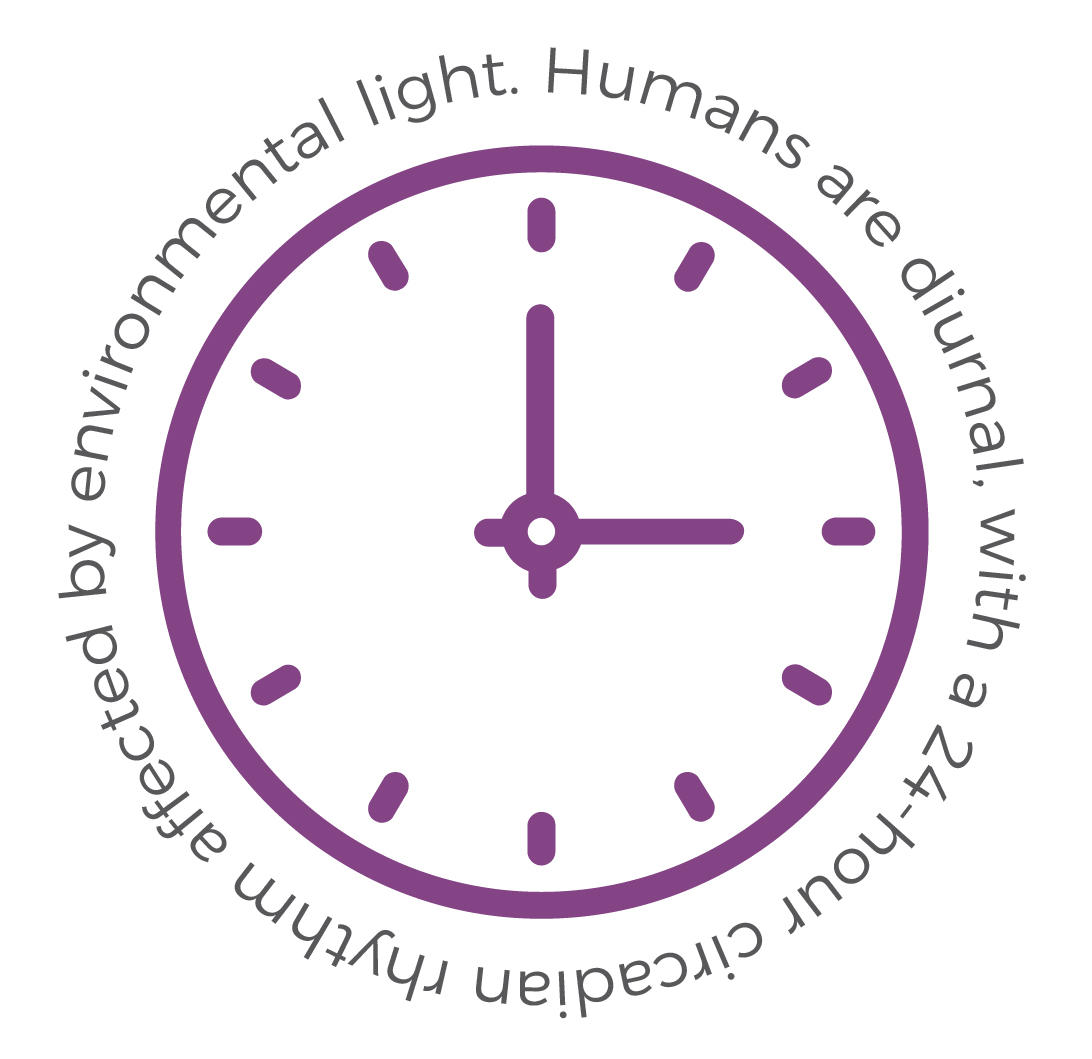 The key to understanding, and potentially fixing, out-of-sync sleep cycles is in chronobiology, the field of biology that studies the relationships between living organisms and solar or lunar rhythms. Humans are diurnal, with a 24-hour circadian rhythm affected by environmental light. We are affected by light hitting certain rods and cones within our eyes, which either keeps us alert and awake or signals the brain to release melatonin, the sleep-inducing hormone, depending on the time of day. But several factors can cause a shift in the sleep cycle, including the time of day in which you eat, cool or hot temperatures, social contact, and light exposure—or entrainment.
The key to understanding, and potentially fixing, out-of-sync sleep cycles is in chronobiology, the field of biology that studies the relationships between living organisms and solar or lunar rhythms. Humans are diurnal, with a 24-hour circadian rhythm affected by environmental light. We are affected by light hitting certain rods and cones within our eyes, which either keeps us alert and awake or signals the brain to release melatonin, the sleep-inducing hormone, depending on the time of day. But several factors can cause a shift in the sleep cycle, including the time of day in which you eat, cool or hot temperatures, social contact, and light exposure—or entrainment.
“Entrainment describes how your circadian clock is excited by light,” Aurelien David, Chief Scientist at SORAA explains. “Your internal clock needs to be re-synced every day. If you don’t get your dose of light, your clock is going to drift, you’re going to lose awareness of when it’s day or night. For instance, in an experiment spelunkers have spent months in isolation in a cave. And they went without a clock or daylight, and their clocks keep drifting and drifting longer day after day. So, little by little their day went from 24 to 25 to 26 to 30 hours. That’s because they didn’t have any blue light to synchronize themselves. Your body needs a tick of the clock every day to know that it’s the morning and it’s time to restart. That tick of the clock is called entrainment, and it’s given by blue light.”
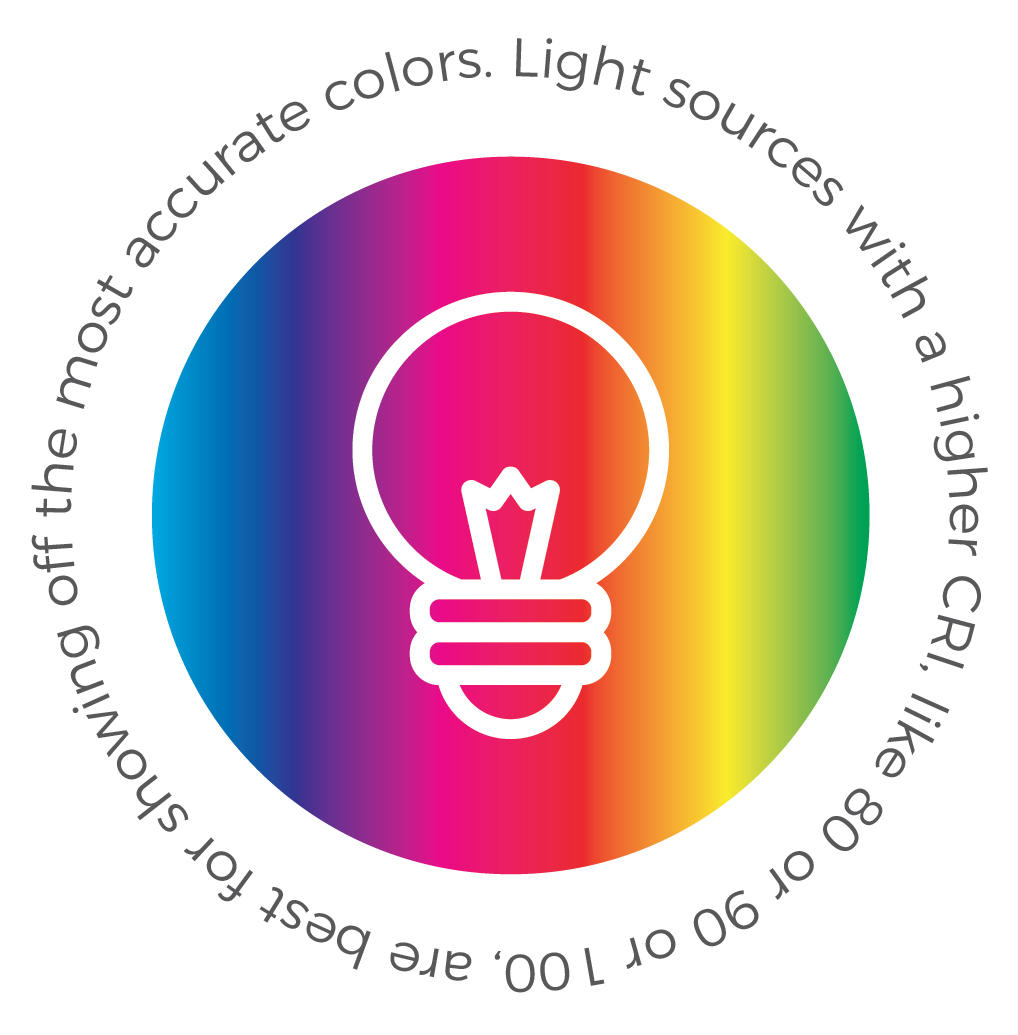 To that end, we have designed our lamps so that they can also be used to adapt to our behavior, and to keep our circadian rhythms in balance with the 24-hour solar cycle. “Dynamic” lighting, or lighting that mimics the natural cycle of the sun, is the next big innovation in lighting. SORAA’s upcoming dynamic lamps with SORAA ZERO BLUE(™) Technology, automatically adjust their brightness, color temperatures, and level of blue light depending on the different times of the day—crisp white light in the morning to start your day off right, and blue free light in the evening to indicate to your body that it’s time to wind down. Although artificial light gets much of the blame for our desynchronized sleep cycles, it could potentially re-entrain, or work in step with our circadian rhythms. This is basically a form of light therapy, a method of resetting the circadian rhythm by administering differing levels of light at day or night in the hopes of pushing the rhythm forward or back in order to produce the sufficient amount of melatonin important for sleep health.
To that end, we have designed our lamps so that they can also be used to adapt to our behavior, and to keep our circadian rhythms in balance with the 24-hour solar cycle. “Dynamic” lighting, or lighting that mimics the natural cycle of the sun, is the next big innovation in lighting. SORAA’s upcoming dynamic lamps with SORAA ZERO BLUE(™) Technology, automatically adjust their brightness, color temperatures, and level of blue light depending on the different times of the day—crisp white light in the morning to start your day off right, and blue free light in the evening to indicate to your body that it’s time to wind down. Although artificial light gets much of the blame for our desynchronized sleep cycles, it could potentially re-entrain, or work in step with our circadian rhythms. This is basically a form of light therapy, a method of resetting the circadian rhythm by administering differing levels of light at day or night in the hopes of pushing the rhythm forward or back in order to produce the sufficient amount of melatonin important for sleep health.
